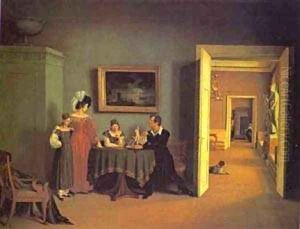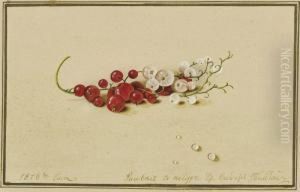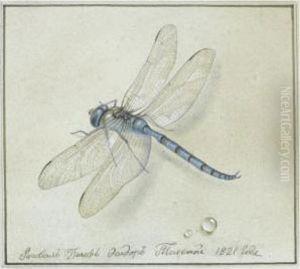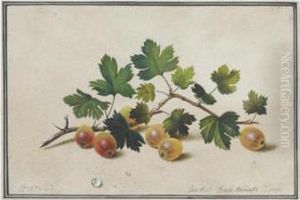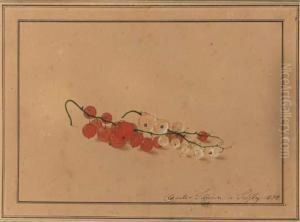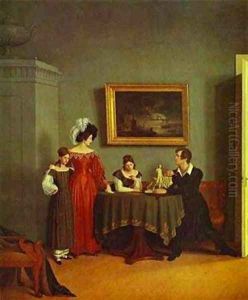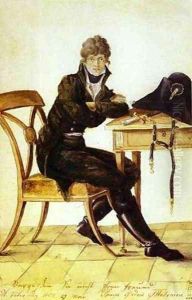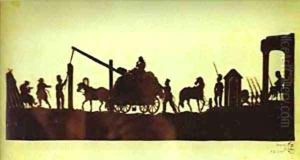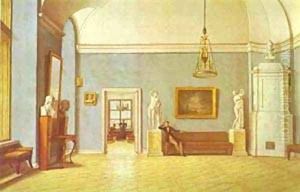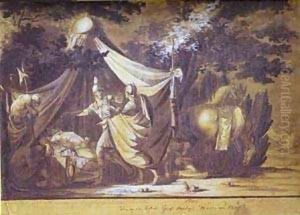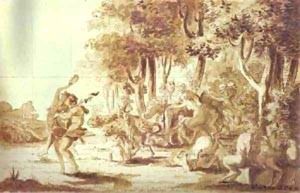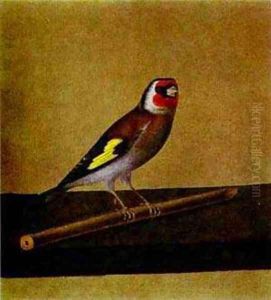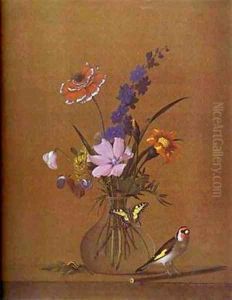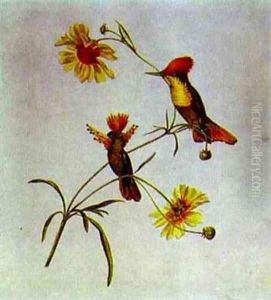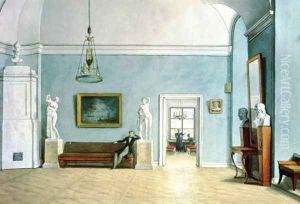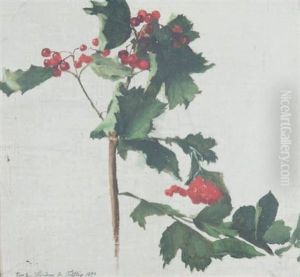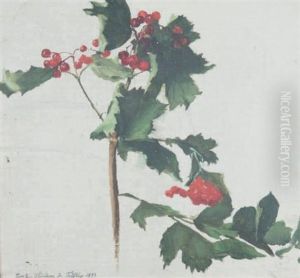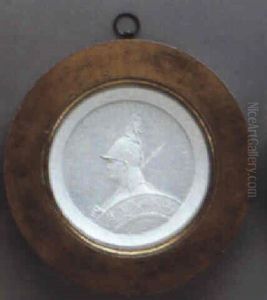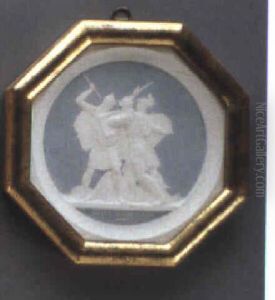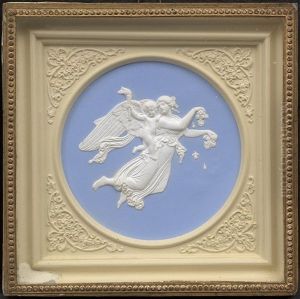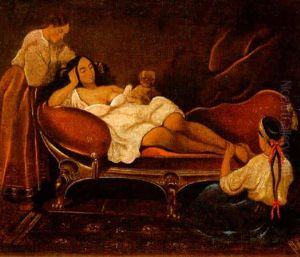Fedor Petrovich Tolstoy Paintings
Fedor Petrovich Tolstoy was a prominent Russian artist, who made significant contributions to Russian neoclassicism in the early 19th century. He was born on February 22, 1783, in St. Petersburg into the noble Tolstoy family, which has played an important role in Russian history. He was a distant relative of the famous writer Leo Tolstoy. Fedor showed an early interest in the arts and was encouraged to pursue his talents.
He studied at the Imperial Academy of Arts in St. Petersburg and excelled in his studies. His works included painting, sculpture, and medal engraving, showcasing his versatility as an artist. Tolstoy was particularly renowned for his work in medal engraving, where he displayed remarkable skill and precision. He became a professor at the Academy and later its vice-president, influencing the next generation of Russian artists.
Tolstoy's artistic style was heavily influenced by classical antiquity, and he often drew upon Greek and Roman themes in his work. His adherence to neoclassical ideals was reflected in his emphasis on harmony, proportion, and clarity. Despite his traditionalist stance, he was also known for his innovative techniques and the introduction of Russian historical themes into his art.
Throughout his long career, Fedor Petrovich Tolstoy received numerous awards and honors for his contributions to Russian art. He was held in high esteem by both contemporaries and later art historians for his mastery across different mediums and his impact on Russian art. Fedor Tolstoy passed away on October 17, 1873, leaving behind a legacy that continues to be celebrated in Russia and beyond.
